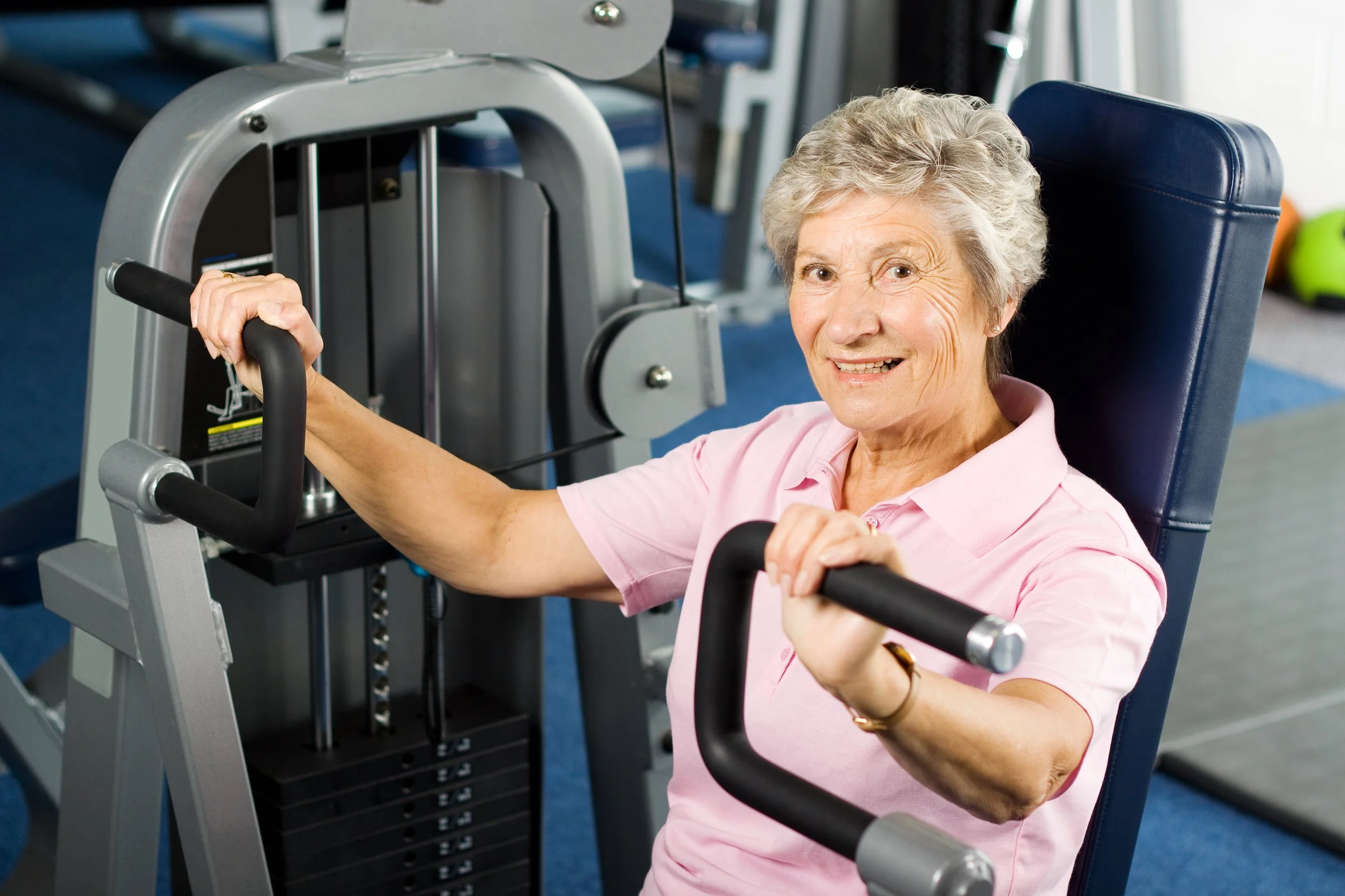Mastering Metabolism for a Leaner You
Metabolism—it’s a word you’ve probably heard countless times when it comes to weight loss and fitness. Some people seem to have a naturally fast metabolism, allowing them to eat whatever they want without gaining weight, while others struggle despite their best efforts. The good news? You can take control of your metabolism and make it work in your favor. By understanding how metabolism functions, incorporating metabolism-boosting foods, engaging in strength training, and making key lifestyle adjustments, you can achieve a leaner, healthier body. Let’s dive deep into the science and strategies that will help you master your metabolism.
Understanding Metabolism: The Basics
Metabolism is the process by which your body converts food into energy. It’s a combination of several factors, including your Basal Metabolic Rate (BMR), thermic effect of food (TEF), and physical activity.
Basal Metabolic Rate (BMR): This is the amount of energy your body needs to perform basic functions such as breathing, circulating blood, and cell production. BMR accounts for about 60-70% of your daily calorie burn.
Thermic Effect of Food (TEF): The energy required to digest, absorb, and process the food you eat. Protein has the highest TEF, which means eating more protein can help slightly increase your metabolism.
Physical Activity: This includes both structured exercise and non-exercise activity thermogenesis (NEAT), such as walking, fidgeting, and standing.
Metabolism-Boosting Foods: What to Eat for a Faster Metabolism
What you eat plays a crucial role in how efficiently your metabolism functions. Certain foods can give it a natural boost by requiring more energy to digest, improving hormone function, or increasing calorie burn.
1. Protein-Rich Foods
Protein has the highest thermic effect, meaning your body burns more calories digesting it compared to fats or carbohydrates. Additionally, protein helps preserve muscle mass, which is crucial for maintaining a high metabolism.
Great sources of protein include:
Lean meats (chicken, turkey, grass-fed beef)
Fish (salmon, tuna, cod)
Eggs
Dairy (Greek yogurt, cottage cheese)
Plant-based proteins (lentils, chickpeas, quinoa, tofu)
2. Fiber-Rich Foods
Fiber helps regulate blood sugar levels and keeps digestion running smoothly. It also slows down digestion, which keeps you full for longer, reducing overeating.
Top fiber-rich foods include:
Whole grains (brown rice, quinoa, oats)
Vegetables (broccoli, spinach, carrots)
Fruits (berries, apples, pears)
Legumes (beans, lentils, peas)
3. Healthy Fats
Contrary to popular belief, fats can actually help speed up metabolism by improving hormone production and reducing inflammation. The key is to choose the right kinds of fats.
Best sources of healthy fats:
Avocados
Nuts and seeds (almonds, walnuts, chia seeds, flaxseeds)
Olive oil and coconut oil
Fatty fish (salmon, mackerel, sardines)
4. Metabolism-Enhancing Spices and Beverages
Some natural compounds found in foods and drinks can enhance metabolic rate:
Green tea: Contains catechins and caffeine that boost calorie burning.
Coffee: The caffeine in coffee increases metabolism and promotes fat burning.
Spices like cayenne pepper, ginger, and cinnamon: These can increase calorie burn through thermogenesis (heat production in the body).
The Power of Strength Training: Building Muscle to Burn More Calories
Strength training is one of the most effective ways to boost your metabolism. Muscle is metabolically active, meaning the more muscle you have, the more calories you burn—even at rest.
Benefits of Strength Training for Metabolism
Increases Muscle Mass: More muscle means a higher resting metabolic rate (RMR).
Boosts Afterburn Effect (EPOC): Strength training causes excess post-exercise oxygen consumption (EPOC), which keeps your metabolism elevated for hours after a workout.
Improves Insulin Sensitivity: Helps your body use carbohydrates more efficiently, preventing fat storage.
Best Strength Training Exercises
Compound movements: Squats, deadlifts, bench presses, and pull-ups engage multiple muscle groups, maximizing calorie burn.
Resistance training: Using weights or resistance bands to challenge muscles.
Bodyweight exercises: Push-ups, lunges, and planks can also be effective.
Lifestyle Adjustments for a Faster Metabolism
Beyond diet and exercise, several lifestyle factors influence your metabolic rate. Small daily habits can make a significant impact over time.
1. Prioritize Sleep
Lack of sleep disrupts hormone levels, increasing cravings and reducing metabolic efficiency. Aim for 7-9 hours of quality sleep per night.
2. Manage Stress Levels
Chronic stress leads to increased cortisol levels, which can slow down metabolism and promote fat storage, especially around the belly. Techniques like meditation, deep breathing, and regular exercise help keep stress in check.
3. Stay Hydrated
Drinking enough water is essential for optimal metabolic function. Cold water can slightly increase calorie burn, as your body works to heat it to body temperature.
4. Increase Non-Exercise Activity (NEAT)
Simple movements throughout the day—like walking, stretching, or even fidgeting—add up and contribute to daily calorie burn. Take the stairs instead of the elevator, stand instead of sit, and make an effort to stay active outside of structured workouts.
Conclusion: Take Charge of Your Metabolism Today
Mastering your metabolism isn’t about quick fixes or drastic changes. It’s about building sustainable habits that optimize your body’s natural calorie-burning ability. By choosing the right foods, incorporating strength training, and making key lifestyle adjustments, you can transform your metabolism into a powerful ally in your fitness journey. Start today by making small changes—drink more water, add more protein to your meals, or lift weights a few times a week. Over time, these habits will compound, helping you achieve a leaner, stronger, and healthier body.
Your metabolism is in your hands—now go out there and make it work for you!
Join our Facebook Community RESTORE Yourself to walk with others learning to be free.
In joy, light, and health,
Coach Rebecca





